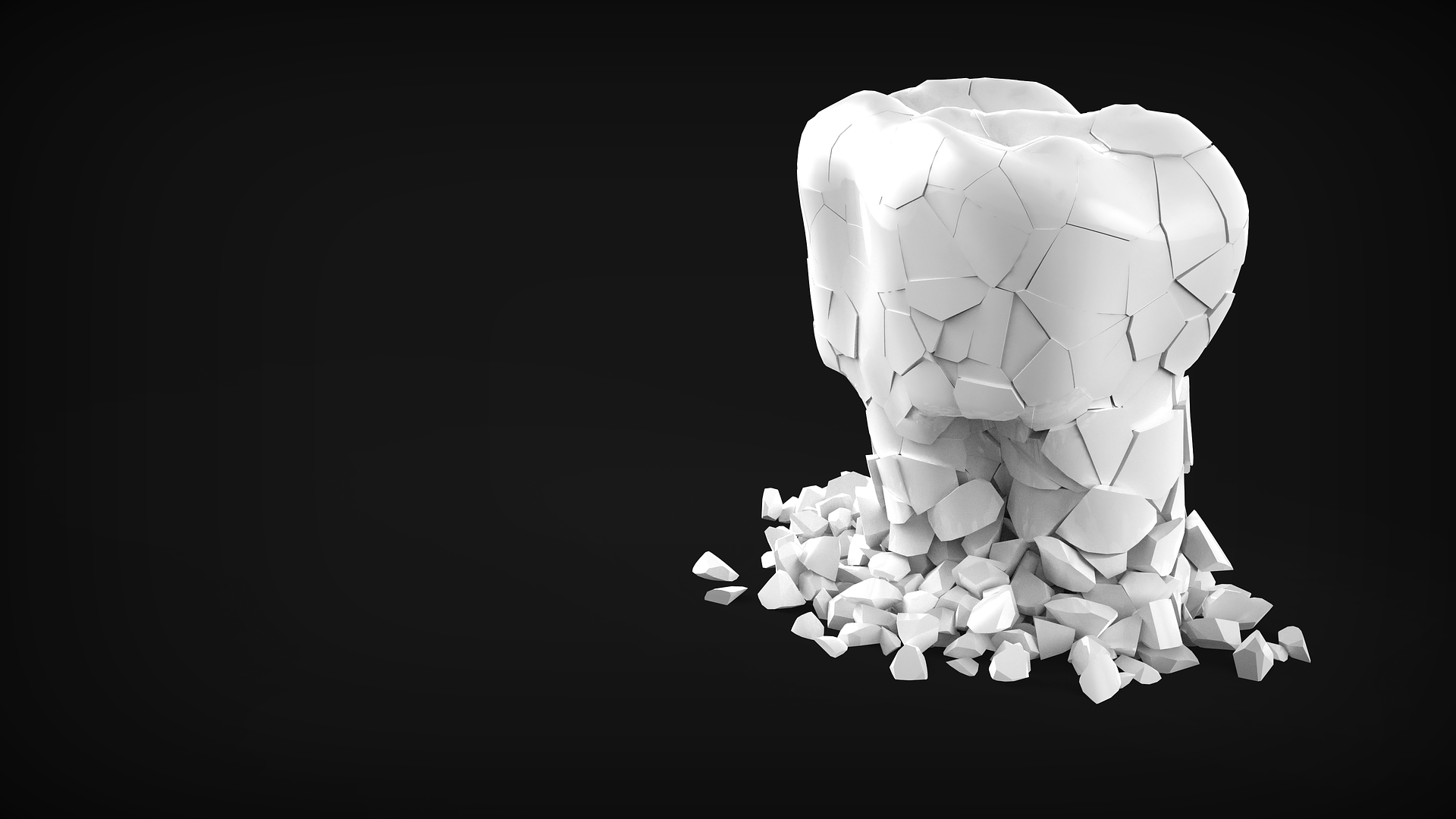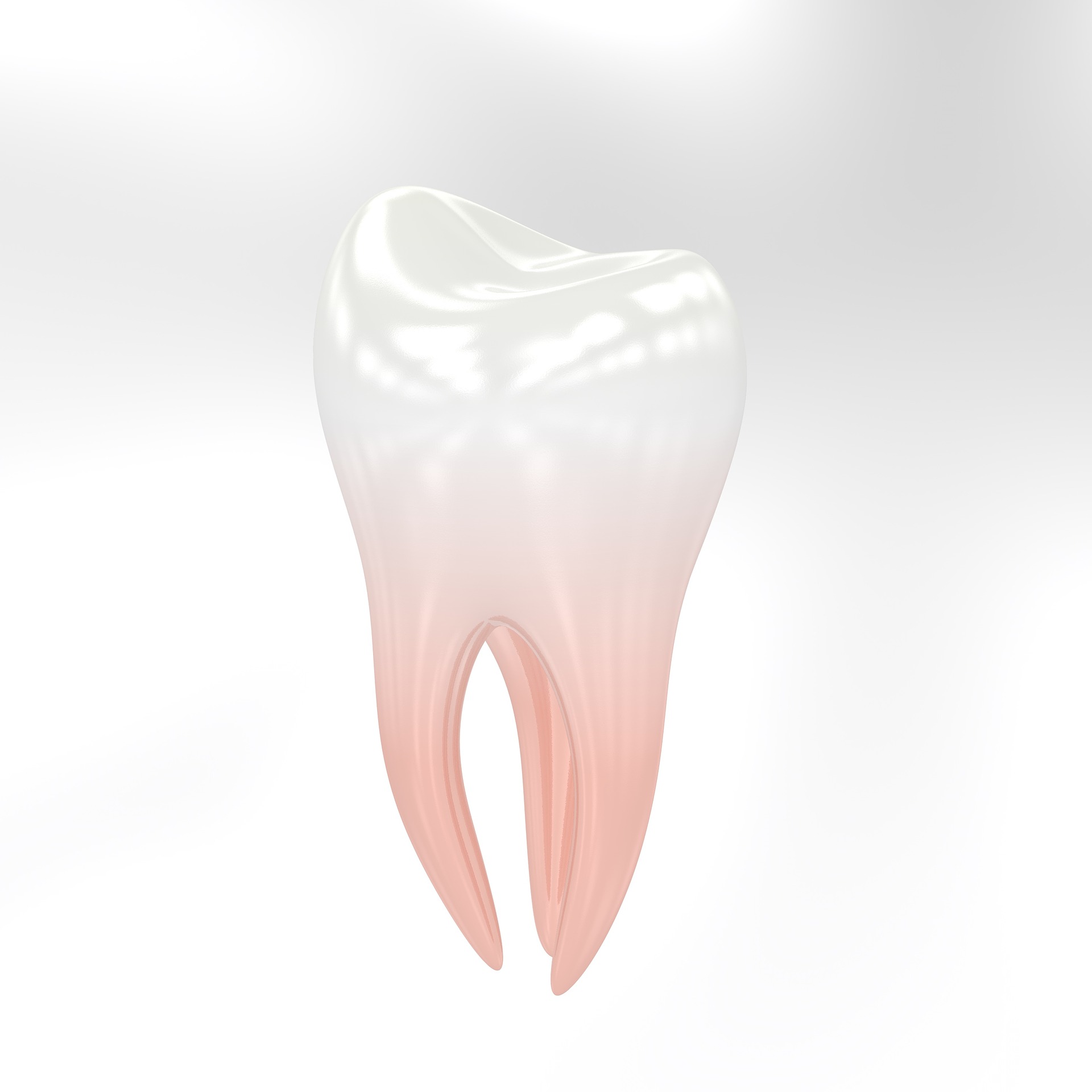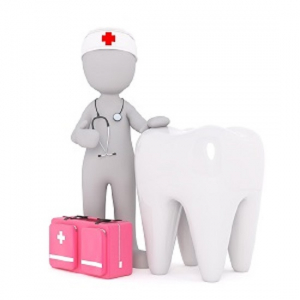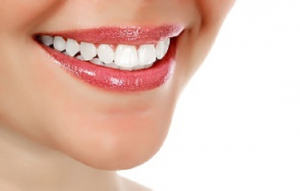Chalk teeth cause trouble
So you wake up on a beautiful Saturday morning and are already looking forward to a relaxing day with the family. The sun is shining and it would be a colossal waste to spend one of the last warm fall days inside at home. Lets get the kids ready and their teeth brushed – but hold on a second: since when do milk teeth (i.e., temporary or baby teeth) come with brown-ish coloring? Definitely not a good sign, so better to put the nice day outdoors off by a bit and go to the dentist for a professional diagnosis instead …What are chalk teeth?
Only after a single look, the dentist immediately arrived at a diagnosis – brown-ish coloring around the edges of teeth is caused by an increasingly frequently occurring dental illness called chalk teeth. It specifically affects children and was first discovered in the mid-1980s – nowadays, it is also known as Molar-Incisor-Hypomineralization (MIH). MIH can manifest on both milk and permanent teeth and most frequently occurs on molars and incisors. Unfortunately, the diagnosis of chalk teeth is impossible before a child’s teeth actually pierce through the gum line, at which point the dentist or parent can look for and spot the brown-ish coloring around the tooth’s edges. The key problem that this illness causes is that it significantly softens up the dental enamel (by up to 90%) which, as a result, drastically lowers the tooth’s durability when chewing and biting down. As a result, children with MIH can experience anything from mild discomfort up to severe pain when eating and can also develop a very high sensitivity to heat and cold. Based on the latest available expert estimates, at the present day, up to 10% of all children in Austria (even up to 30% of children at or around the age of 12) are affected by MIH and, unfortunately, this number has kept going up over the past few years.
What causes chalk teeth?
As of today, even the brightest dental care experts are not sure how and why chalk teeth form and are currently engaged in several detailed follow-on studies to hopefully find out soon. Insufficient or deficient dental care and sugary drinks and foods interestingly enough do not seem to be among the causes. Some recent research seems to indicate that the chemical active ingredient Bisphenol A (often used to soften plastic in various industries) could potentially be the culprit (or one of the culprits) but there has yet to be definitive proof. Nevertheless, many dentist advise breast-feeding or pregnant mothers to stay away from plastic-wrapped foods. Additional potential causes of MIH could encompass a wide variety of environmental pollutants (dioxins) and antibiotics.How are chalk teeth treated?
Since chalk teeth have recently started to affect increasingly younger children in whom they seem to have led to an increased risk of tooth decay, many dentists advise parents to start with precautionary measures as early as possible in a child’s life. Unfortunately, the lack of clarity about the exact cause(s) of MIH make prevention exceedingly challenging. Still, there are some heuristics that can always be helpful. First, diligent and consistent dental care is always an absolute must. On top of that, many dentists recommend the use of fluoride-containing enamel varnish several times per year to strengthen the dental enamel as much as possible. For those patients who are experiencing severe pain, the use of additional oral hygiene products such as fluoride tooth paste and mouthwash to prevent sensitive reactions as also advisable. Should affected teeth show even the slightest fissures, a professional sealing has to be performed by a trained dentist. This most frequently happens to chewing surface areas of molars and in the small but many other indentations on a tooth’s surface that are difficult to reach with conventional tooth brushes. The effects of a professional dental fissure sealing usually last for 2-4 years after which the procedure needs to be repeated (unfortunately, dental medicine has not yet produced a reliable long-term treatment for this condition).
In the meantime, we would love to hear from you – please leave any thoughts and feedback in the comment box below and join our DentalAce online community via a free subscription.


